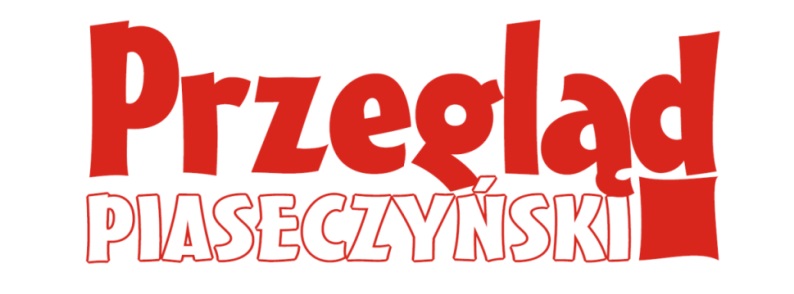At the Dulag
The transit camp Dulag 121 was created on August 6, 1944 in Pruszków’s district of Żbików, in a set of railway workshops that had been closed down by the Germans. The German authorities had not prepared the 53-hectare workshop site to accept thousands of refugees. Nine repair shops were chosen out of a dozen or more workshop buildings. These were numbered and surrounded by barbed-wire barriers. Straw mattresses were dumped here and there in the production halls – these soon became nests for lice and bugs spreading contagious diseases. Most arrivals had to bed down directly on wet and dirty concrete floors. The inspection pits running down the centres of most of these workshops, normally used to repair railway wagons and carriages, filled with sewage and rubbish almost immediately after the prisoners’ arrival. There were tens of thousands of people in the camp when it was at its most overcrowded. The throngs packed inside the workshops were almost unimaginable, which meant that some people were left outside all the time. Moving between the buildings without a valid pass or written consent was prohibited.
During its first days the camp was managed by the German Arbeitsamt (labour office) in Pruszków, commanded by Inspector August Polland. The unrelenting arrivals of transports, organizational chaos, and brutal methods of treating prisoners meant that the situation inside the camp was horrific. Matters improved slightly when the Wehrmacht took over management of the camp on August 11, 1944 and Colonel Kurt Sieber became the commandant, and military doctors came with him to Dulag 121. A German medical commission then began work at the camp. At the same time, Gestapo officers under the command of SS-Obersturmbannführer Heinrich Diehl started work in the so-called green carriages. Their role was to supervise the camp’s personnel, control the numbers and destinations of transport convoys being dispatched, and also to verify the lists prepared by the German medical commission of prisoners qualifying for release from the camp. Throughout the entire time the camp was in operation, power was divided between these three mutually competitive organizations that ever sought to undermine each other’s authority: the Arbeitsamt, the Gestapo, and the Wehrmacht.
Upon arrival, the refugees were led to the largest building in the camp, the no. 5 workshop, which was used as the ‘transit barracks’. There they awaited further segregation, which was brutally conducted by Arbeitsamt employees assisted by military police and German railwaymen. Segregation took place “by eye”, without checking documents or the actual state of health. Families were split without compunction, with terrified people being directed to successive buildings for transport off into the unknown. Elderly people, the sick, and women with small children – the most numerous group among the refugees – were herded into workshop no. 1, where they were sometimes forced to wait for several days for transport elsewhere within the General Government. Persons qualified as capable of work were directed to the smaller workshops nos. 3 and 4, with subsequent deportation to labour camps in the Third Reich. Those suspected of having participated in the Uprising, in turn, ended up in the closely guarded workshop no. 6, where they awaited transport to concentration camps. From late September the camp also contained prisoners of war, for whom the Germans prepared workshop no. 7. The first group to arrive there was an around 1,200-strong group of insurgents from the district of Mokotów, to be followed by insurgents from the district of Żoliborz.
There were three provisional “hospitals” operating at the Pruszków camp. A German medical commission worked in the centrally-placed workshop no. 2. Its task was to qualify seriously ill prisoners who could not be helped on the spot for release from the camp. The nearby workshop 2b contained a quickly organized hospital for contagious diseases run by imprisoned Soviet doctors, this being the destination for those ill with typhus and dysentery. The third, so-called ‘general hospital’ was in workshop no. 8.
The Germans significantly reduced the number of Polish and German personnel in the second half of October 1944, once the largest wave of post-Uprising refugees had already passed through the camp. Only two of the workshops remained in use. Workshop no. 13 contained an Arbeitskomando work detail comprised of Varsovians who were forced to work on looting the capital. Workshop no. 7 was the destination for those caught in round-ups conducted in localities near Warsaw. These people were successively deported for forced labour in the Third Reich.
The Germans withdrew from the area of Pruszków on the night of January 15/16, 1945 due to the onrushing offensive by Soviet forces – Durchgangslager 121 ceased to exist. All that was left on the terrain of the former railway works on January 16, 1945 was a group of Soviet prisoners, a few military policemen, and a small group of Polish personnel.








